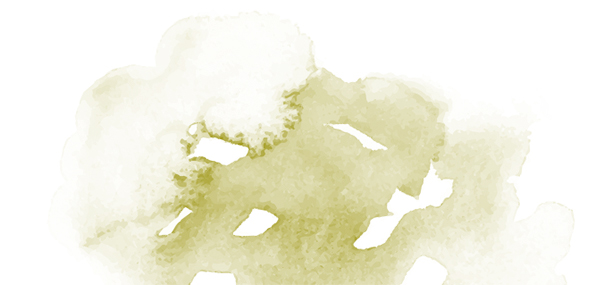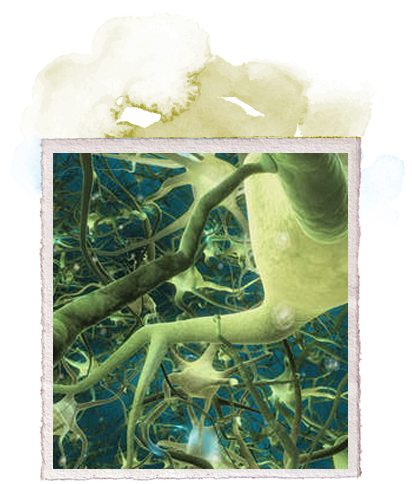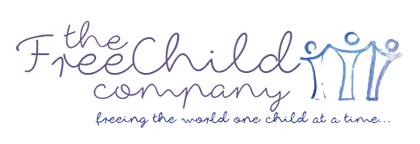




BRAIN WORKING RECURSIVE THERAPY (BWRT)
Brain Working Recursive Therapy is an innovative new concept of psychotherapy,
completely unlike anything that has gone before it. It presents an entirely new
view of the subconscious mind - one that is extremely 'user friendly' and easy
for the client to understand - as well as an elegant way of providing
psychotherapy that gets easily beneath the Conscious Critical Faculty.
BWRT® is not like anything else you will have studied. It’s not a ‘rehash’ of NLP,
EFT, TFT, WSN, SD, EMDR, Hypnosis, Reiki, Meridian/Energy therapies,
Noesiology, Chinosis or any other style of therapy you might have encountered.
It’s unique and inspired by the research of Benjamin Libet. In 1983 Benjamin
Libet (2003 winner of the Virtual Nobel Prize in Psychology from University of
Klagenfurt), Professor at University of California ran a series of experiments that
proved we do not have free will in the way we think of it, which is precisely why
we all encounter so many “Why on earth did I do/say that?” or “Why do I have to
feel like this?” moments.
WHAT IS BWRT?
BWRT is a brief non-verbal therapy. This therapy works well for people who
feel that their behaviour or responses (thoughts or feelings) happen
automatically or that they are not in control of them. The reason for this is that instinctive behaviour occurs before awareness.
Part of the brain is immensely fast and not logical, and does not give you time to think. In fact, it all happens without you even knowing about it at first.
It is like ducking when somebody throws something at you – there was no thinking time involved, just reaction. Or, for example, if your brain recognises something that was once a threat, it will use anxiety to steer you away from it. Eventually it becomes a kind of habit to think that you just can’t do the thing that you have been avoiding.
Human beings are the only living creatures that have self-awareness (that we know of). This is the result of how our brain has developed through evolution. The most primitive part of the brain we refer to as the reptilian brain. This part is associated with survival instincts like aggression, dominance and territoriality. The middle part of the brain is called the paleo-mammalian complex, and this is responsible for motivation, emotion, feeding and bonding. This is also where a lot of our anxiety begins. The outermost layer of the bran is the most recent development and is called the neo-mammalian complex or cortex. This is associated with awareness, consciousness, planning, creativity and the higher intellectual functions.
It takes about 1/3 of a second for incoming data to pass through all these brain sections and to reach awareness in the outermost layer of the brain. If we had to measure the neural distance that the impulse has to travel, it is about 50 metres of neuronal connections. The other interesting fact, is that to your brain, any memory is just a tenth of a second ago – this is why we can still be traumatised by an event many years after it actually happened.
“BRAIN WORKING”
Is understanding how the brain works. The brain is the computer for the rest of our body and being. Our brains consist of millions of neuronal connections. To illustrate what this looks like - can you imagine a hair net? Can you imagine a very closely woven hairnet with five layers, all of them sparkling with tiny spots of light, whizzing about all over the place, and sometimes jumping between the layers? This represents what your brain is doing every second of every day. Those little spots of light are the electrical energy that your brain picks up from the world around you. It is information from the world and your body (inside and outside) which the brain channels and tests to see where it should go or where it fits. Remember, your brain and body are connected – changes on one level will affect changes on the other.
Any stimulus activates a spreading wave of neural connections in the brain, in the search of a suitable pattern match- of a behaviour or response- that has helped us in the past. A suitable match would be one that checks for survival or pleasure. These are learnt patterns, because we are not born with them, but for this reason they can also be changed or unlearnt. Sometimes what used to work or make sense in the past, does not work or fit anymore and needs to be upgraded.
“RECURSIVE THERAPY”
The therapy works on the neural pathways in the brain. We interrupt brain pathways associated with negative thoughts, feelings, habits and behaviour and create new positive outcomes or responses to any stimuli. We teach the speedy part of your brain that it is OK for you to do the new desirable behaviours. To change a negative response, we need to create a new positive conditioned response to work as a complete ‘hit’. We do this by bypassing the negative direct ‘hit’ (pattern recognition) or changing something about it, or overriding it with a stronger positive hit. The recursive process refers to the looping process we use to cement and strengthen the new behaviour or responses.
You might enjoy looking at this article and video in New Scientist:
Link to BWRT website: http://www.bwrt.org/index.php
MORE ABOUT BENJAMIN LIBET (FROM THE BWRT INSTITUTE)
In 1983, the scientist Benjamin Libet made a startling discovery - all decisions are made by the physical brain around 1/3 of a second before we become aware of them. This means that we do not have free will – this is not guesswork, not an assumption, but a scientifically proven fact.
There’s nothing mysterious or spooky about it and no assertion that everything in life is ‘pre-ordained’. The truth is actually far simpler than that. The truth is that the physical brain responds to input from the world and from our own senses, and instantly starts to assess previous experience for an associated response pattern. This happens at colossal speed and far below the level of conscious awareness and so it’s likely that what we consider to be the subconscious is just the physical brain process.
There’s no value judgement being made, no ‘good’ or ‘bad’ course of action, just a pattern being matched. It’s no more selective than a computer keyboard - every key is as valid as every other key, and it’s only much later, when what we have typed appears on the screen, that a value judgement occurs as we assess whether what we have typed was what we wanted or not. The brain does not and cannot care, simply activating a pattern that has been activated before in response to similar stimuli.
A stimulus - data input - received by the brain covers around 50 meters of neural pathways in the 1/3 of a second before it reaches awareness, during which time it goes through thousands upon thousands of tests that check for a continued pattern match. Some of the neurons are as small as 1 mm long and the data input, which is travelling at around 200 mph or more, is tested up to 1000 times at each end of the neuron. For reference, the brain has around 85 bn neurons (some say 100 bn.)
Some people disbelieve in the absence of free will, stating that they can easily change their mind about anything... and of course they can. But the decision to change their mind was formed by the brain up to 1/3 a second before they are consciously aware of it. Every thought we have has come from the brain’s continual monitoring process simply triggering a new ‘suitable’ response.
Have you ever said something like: “What on earth did I say that for?” or: “I simply cannot believe I did that!” The reason is simple - the
non-reasoning brain beat your conscious mind to the punch! Thoughts are slow and have to be considered. The brain has no such restriction. It just assess whether or not an input has a ‘registered response’ and if it has, activates it.
INFORMATION TO BE USED AT YOUR OWN RISK.
Any suggestions or opinions voiced in these pages are those of the authors, and in no way to be constructed as final treatment advice. They are intended as a starting point to develop your own preparation and treatment plan. Please consult your medical and/or psychological experts or caregivers to fine-tune the advice and suggestions for your own unique needs.

